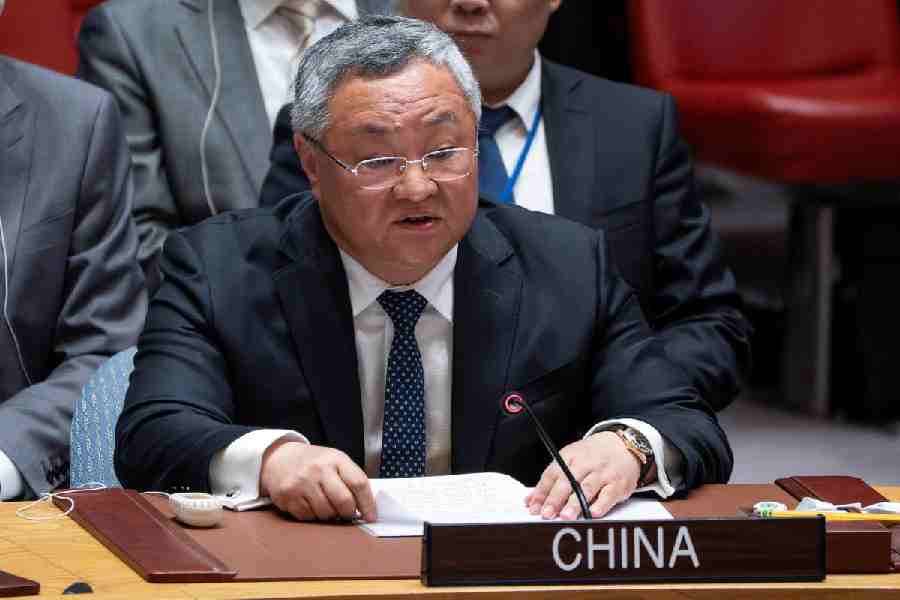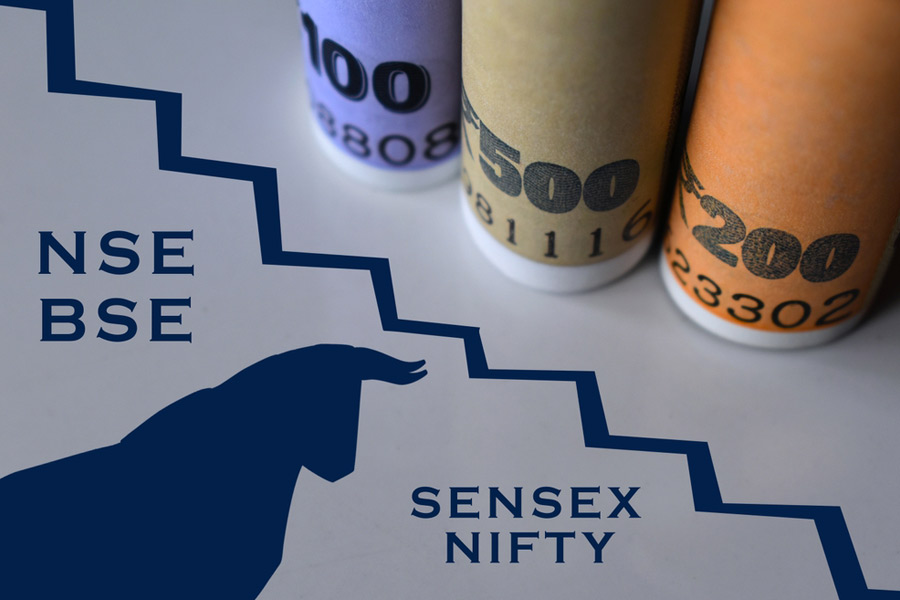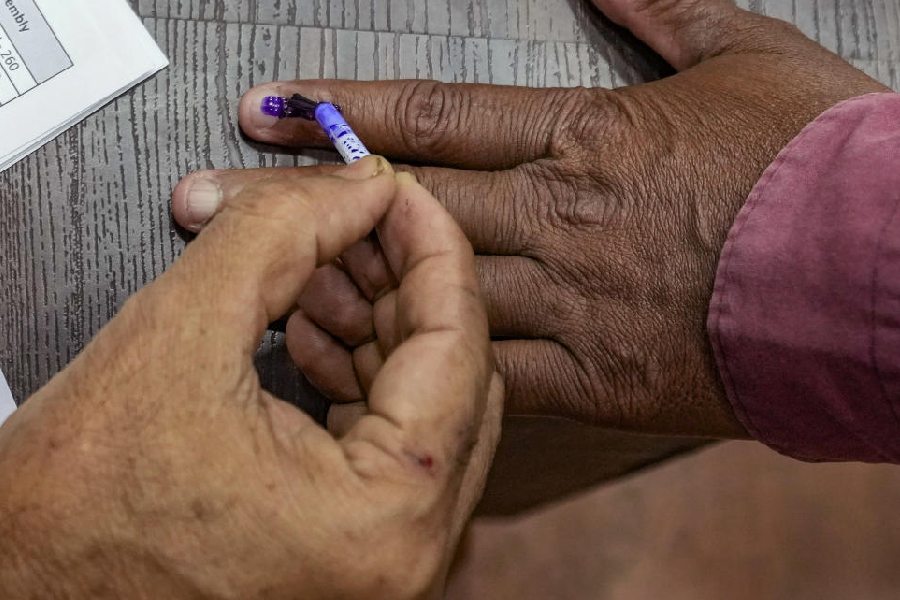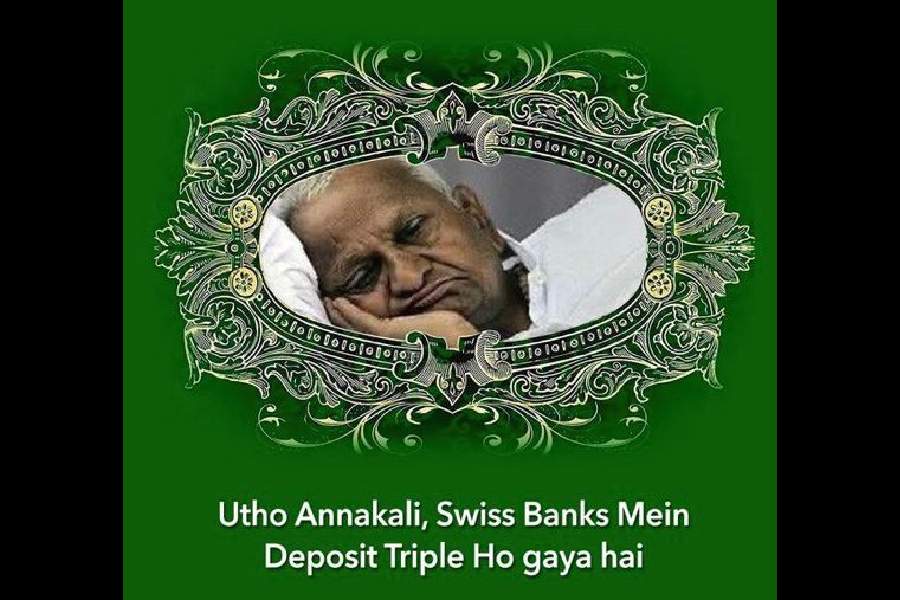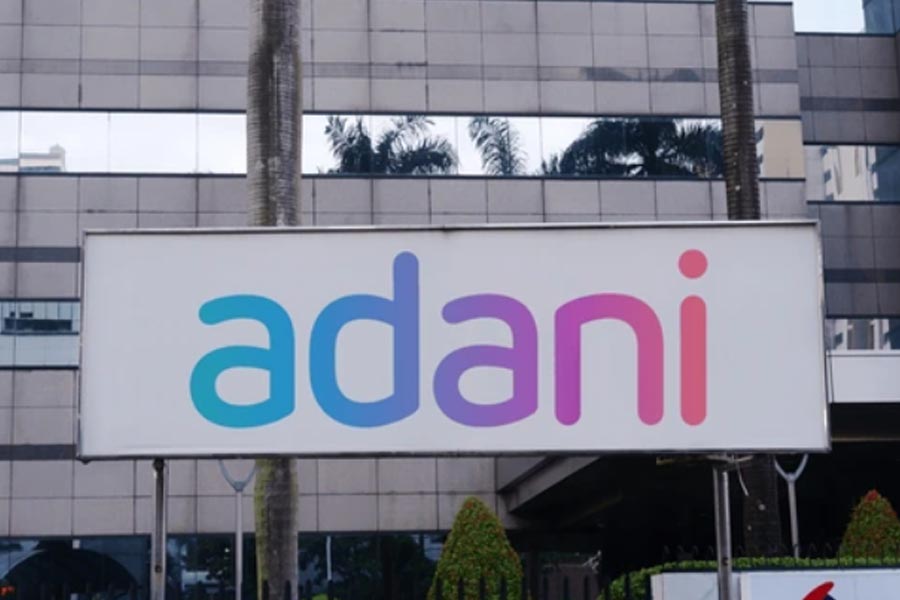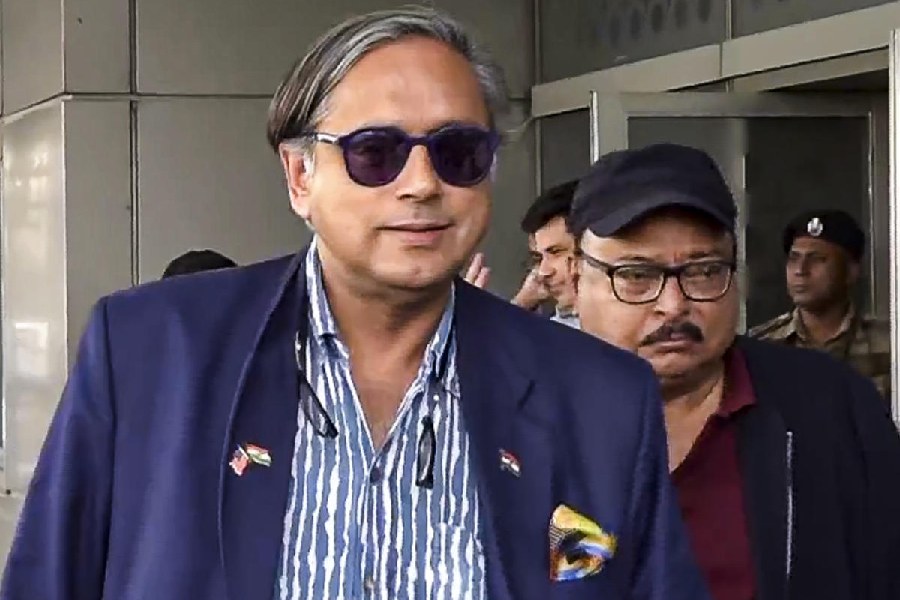 |
Bhubaneswar, Sept. 23: The Archaeological Survey of India (ASI) has written to the state government seeking permission to excavate more areas to the north and south of the 12th century Sari Deula (temple) in the old town.
Large portions of the temple have been found buried on the campus of a nearby Sanskrit college to its north and another structure preserved by the state archaeology to its south.
When the ASI began excavation on July 14, The Telegraph was the first to report the event.
“We hope that we may get an entire compound spread over a huge area buried underneath and if needed we will approach the state government for more land to carry out the work,’’ an ASI superintending archaeologist Bhuban Vikrama had told The Telegraph.
While excavating the buried portion of the Sari temple, ASI experts also found sculptures similar to the Sun temple at Konark. This suggests that the temple located on the banks of Bindusagar lake is of the same age as the Sun temple.
Architectural similarities also hint at the possibility of the same school of sculptors building the two temples.
While several beautiful statues were found buried under the soil, ASI experts feel that more treasures may be hidden in the extended area to the north and south of the temple.
Last week, Vikrama wrote a letter to the director of state archaeology to allow excavations to be carried out on the nearby Suka-Sari temple. Similarly, he also wrote to the secretary, higher education department, which manages the Krushnachandra Gurukul Sa-nskrit Mahavidyalaya on the north side of the Sari temple.
“Disrespect to the historical structure is evident in the upkeep of the temple’s surrounding. While the boundary wall of the Sanskrit college is built over the extended portion of the Sari temple, the elevation of the road and a sewer line running in front of the site might have damaged the front portion of the ancient structure, which now lies at a lower level than the lane,’’ Vikrama said.
Another ASI official said all the temples — Sari, Suka-Sari and Bhabani Sankar — had their drainage system linked to the nearby Bindusagar lake.
If the state authorities can ensure land for excavation of these areas, then the development of the entire temple complex can be explored.
Copies of the ASI letters were also marked to the culture minister and secretary for immediate action as the excavation of the area on the bank of Bindusagar is likely to reveal many facts about the ancient monuments in the Old Town area.
“We hope that there might be several other temples in the city that lie partly buried and if such cases can be found, the ASI will also take up excavation there,’’ Vikrama said.
Culture minister Ashok Chandra Panda told The Telegraph: “We are committed for better conservation and upkeep of all the historical monuments in the city. After experts examine the ASI proposal on the Sari temple, we will take a call on the issue.”
Old Town resident and businessman Akshay Rath said: “Most of the people in the old city area are not aware about the historical importance of the monuments. Both the ASI and the state archaeology should take up awareness drives as that will boost the conservation process.’’
Poor management of monuments and unplanned urban growth has affected the 7th century Baital temple, which faces waterlogging problem and ASI had to install a pump to remove the rainwater from its compound. The temple premises now lies nearly three feet lower than the nearby Ratha Road, the route for the annual car festival of Lord Lingaraj temple.


